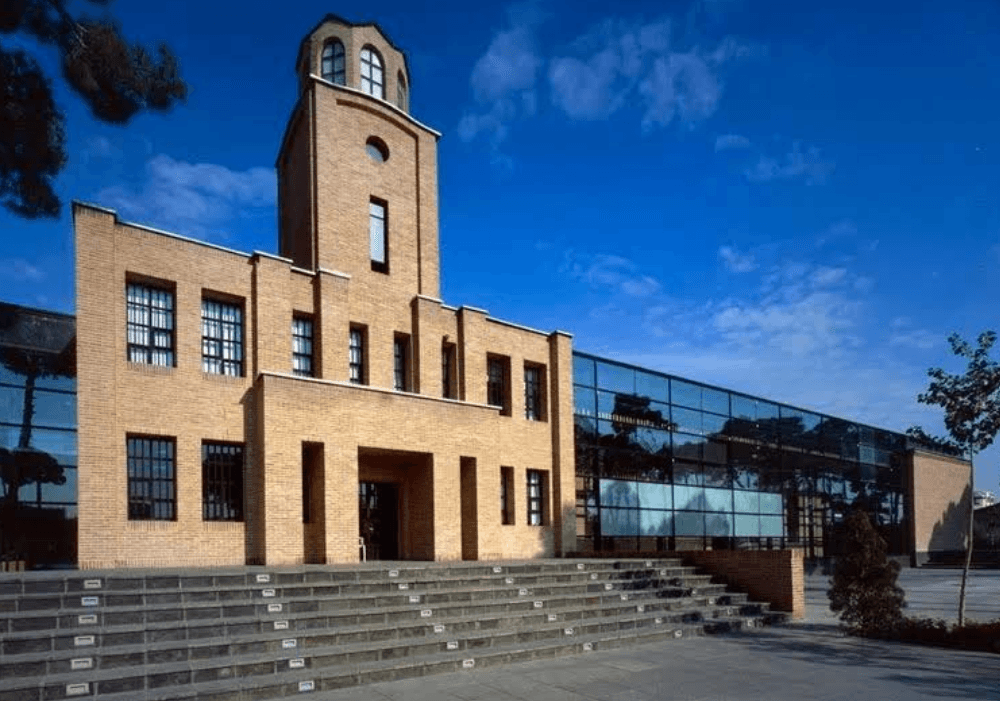
Qasr Prison Museum
A former political prison transformed into a cultural museum and sculpture park with serene gardens.

Highlights
Must-see attractions
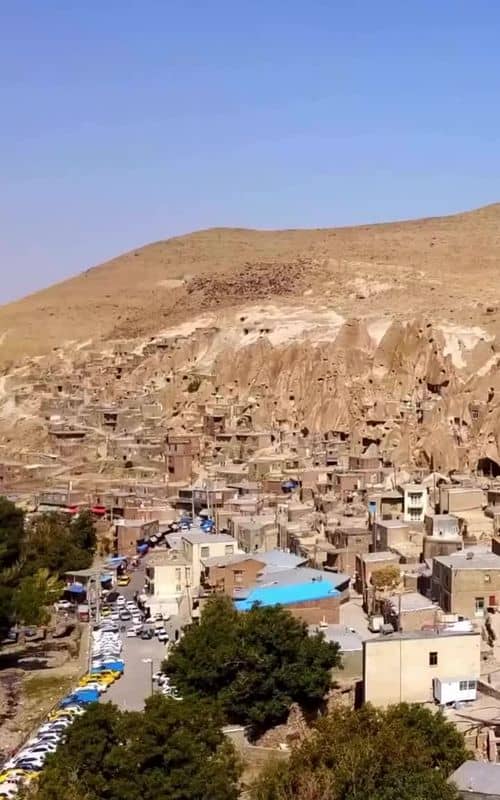
Social
From TikTok & Reddit
Best Time
Fewer crowds, more peaceful

Qasr Prison Museum
Best Time
Fewer crowds, more peaceful

Highlights
Must-see attractions
A former political prison transformed into a cultural museum and sculpture park with serene gardens.
"Blends history with open space, making you slow down and reflect."
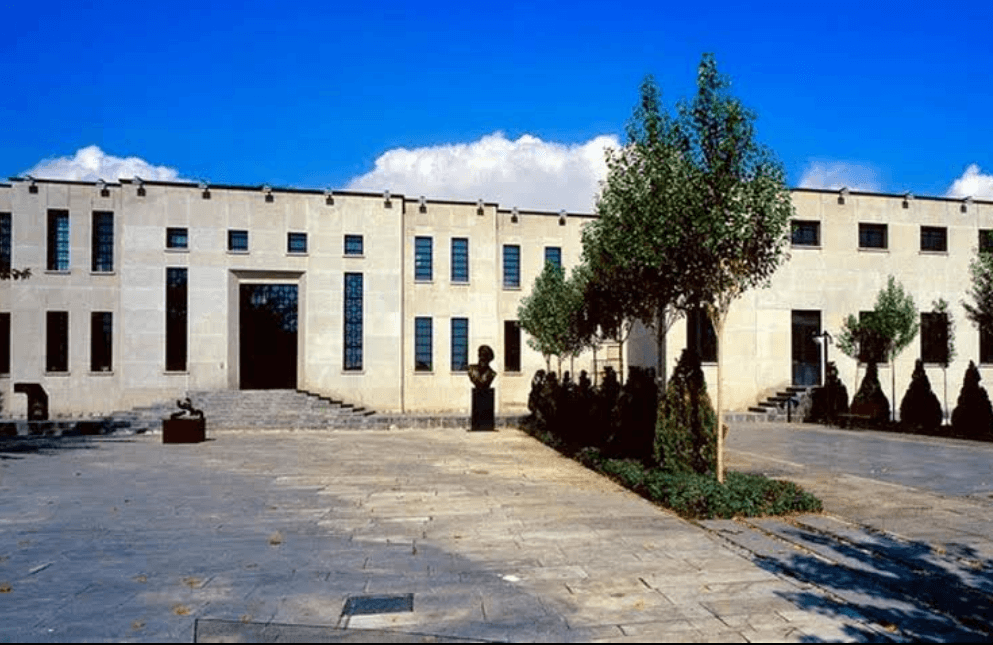
Reflect on History
The prison's past is heavy; approach with respect. The gardens offer a peaceful contrast.
Explore the Gardens
Enjoy the artistic elements and cafes in the beautiful, expansive gardens.
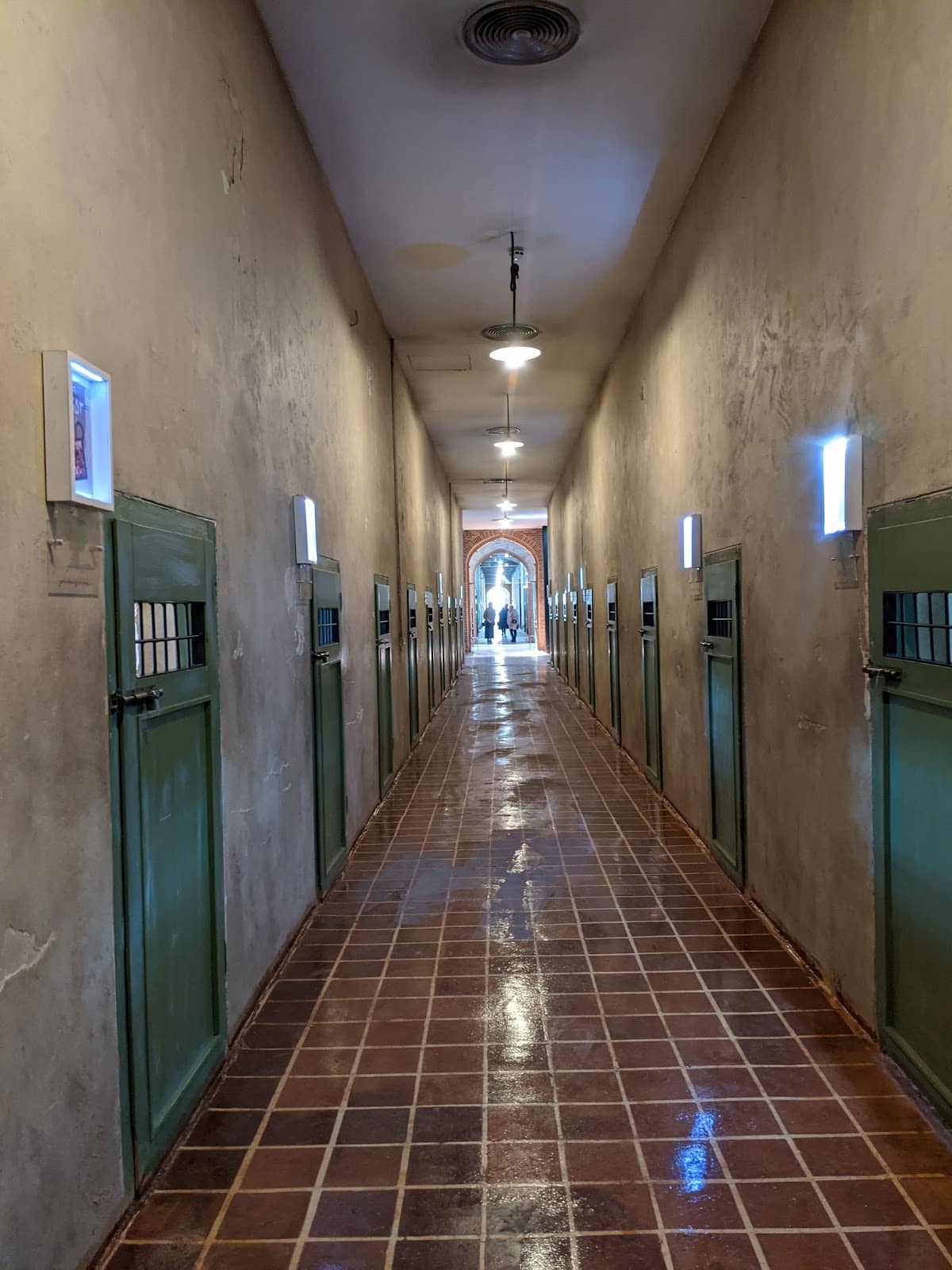
Highlights
Discover the most iconic attractions and experiences

Former Prison Halls
Inside the prison buildings
Walk through the historic brick halls of the former political prison, a poignant and fascinating glimpse into Iran's past.

Tranquil Gardens
Outdoor landscaped areas
Escape the city bustle in the serene gardens, featuring tall trees, fountains, and artistic elements.
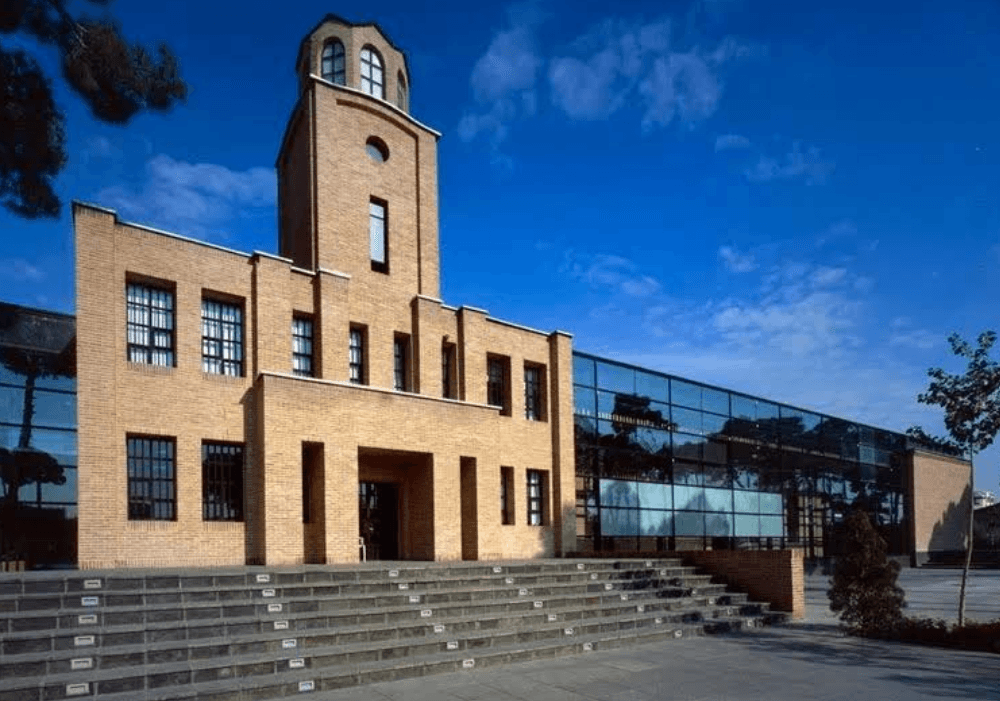
Markove Prison Architecture
One of the prison buildings
Explore the first modern prison in Iran, designed with Iranian architectural styles and materials.
Plans like a pro.
Thinks like you
Planning Your Visit
Understand the Dual Nature
Check What's Open
Best Times
Insider Tips
from TikTok, Instagram & Reddit
Reflect on History
The prison's past is heavy; approach with respect. The gardens offer a peaceful contrast.
Explore the Gardens
Enjoy the artistic elements and cafes in the beautiful, expansive gardens.
Check Exhibition Status
Not all areas may be open. Confirm access to specific exhibits beforehand.
Visit the Markove Prison
This section showcases unique Russian-Iranian architectural design.
Tips
from all over the internet
Reflect on History
The prison's past is heavy; approach with respect. The gardens offer a peaceful contrast.
Explore the Gardens
Enjoy the artistic elements and cafes in the beautiful, expansive gardens.
Check Exhibition Status
Not all areas may be open. Confirm access to specific exhibits beforehand.
Visit the Markove Prison
This section showcases unique Russian-Iranian architectural design.
What Travellers Say
Reviews Summary
Visitors find Qasr Prison Museum to be a unique and thought-provoking destination, successfully blending its somber history as a former prison with the tranquility of its landscaped gardens and artistic elements. While some sections may not always be accessible, the overall experience offers a contemplative journey through Tehran's past and present.
"Qasr Garden Museum blends history with open space in a way that makes you slow down. The old prison building has been restored into a cultural spot, and walking through its brick halls feels both heavy and fascinating. The gardens outside are quiet, with tall trees and a central fountain that give you a break from the city noise.
Not every section is always open, and some parts feel a bit underused, which is why I wouldn’t give it a full 5. Still, for anyone interested in Tehran’s layers of history and a less-crowded place to wander, it’s worth the visit."
Saeed Ghezelbash
"The following photos are related to the garden of Tehran Palace Museum. Take a look at the stories. This place was a prison before and it has become a recreation area for citizens. There are still elements of past here. However, you will also encounter various artistic elements. It has good energy here, if you do not think about its past"
Alireza Akhlaghi
"There are 2 prisons in a big garden, i don't suggest the political one, but one of them called Markove is the first modern prison in Iran which designed by a Russian architect. He considered Iranian architectural style and material in design of the prison. There are some old cars, some other stuff on exhibition. In the garden you can find 3 cafes with pleasant atmosphere."
Fahimeh Asadi (Feya)
What People Like
What People Dislike
Frequently Asked Questions
🚇 🗺️ Getting There
The Qasr Prison Museum is located on Shahid Sayyid Shirazi Highway in Tehran. Many visitors use ride-sharing apps or taxis to reach the location, as it's a prominent landmark. Public transport options might involve bus routes that pass nearby, but checking local transit apps for the most current routes is recommended.
Information on dedicated parking facilities can be limited. It's often best to rely on taxis or ride-sharing services for convenience, especially if you're not familiar with Tehran's parking regulations.
Depending on your starting point in Tehran, walking might be an option, but the museum is quite spread out. It's generally more practical to use transportation to reach the main entrance.
🎫 🎫 Tickets & Entry
The museum and gardens are generally open to the public, but specific hours can vary. It's advisable to check the official municipality website or local listings for the most up-to-date opening times before your visit.
Entry to the gardens is often free, but there might be admission fees for specific exhibitions or museum sections within the former prison buildings. It's best to inquire on-site or check for current pricing.
Advance booking is typically not required for general entry to the gardens. However, for special events or guided tours, it might be necessary.
The gardens are family-friendly. However, the former prison sections have a somber history, which might be intense for very young children. Visitors should use their discretion.
🎫 🧭 Onsite Experience
You can explore the historical prison halls, wander through the beautifully landscaped gardens, visit cafes, and see various artistic and historical exhibitions, including the unique Markove prison design.
A visit can range from 1-3 hours, depending on how much time you dedicate to exploring the gardens, the historical prison sections, and any current exhibitions.
Yes, the gardens feature several cafes with pleasant atmospheres where you can relax and enjoy refreshments.
The combination of historical architecture, artistic installations, and lush gardens offers many opportunities for photography. The contrast between the prison's past and the garden's present is particularly striking.
Qasr Prison was the first central prison in Tehran, opened in 1308 by Reza Shah. It served as the capital's sole prison for decades and later housed non-political prisoners after the Islamic Revolution before closing in 2004.
📸 📸 Photography
The contrast between the old prison architecture and the vibrant gardens is a key photographic theme. Look for interesting angles in the prison corridors and capture the serene beauty of the landscaped areas.
Generally, photography for personal use is allowed. However, it's always a good idea to be mindful of other visitors and any specific signage regarding photography in certain exhibition areas.
Visitors often capture the historical prison elements, the Qajar-era architecture, and the tranquil garden landscapes. The blend of history and nature provides diverse photographic opportunities.
For Different Travelers
Tailored advice for your travel style
👨👩👧 Families with Kids
🏛️ History Buffs
🎨 Art & Culture Enthusiasts
Deep Dives
In-depth insights and expert knowledge
The History of Qasr Prison
In 2004, the prison was officially closed. The municipality initially began demolishing parts of the structure, but a significant preservation effort led to its transformation. In 1391 (Iranian calendar), it was reopened as the Qasr Garden Museum, a cultural, historical, and artistic center for the public, marking a profound shift from its past as a place of confinement to one of public engagement and reflection.
The museum now showcases elements of its history, including the unique architecture of the Markove prison, designed by a Russian architect who incorporated Iranian styles. This layered history makes a visit a deeply contemplative experience, offering a tangible connection to Tehran's evolving urban and social landscape.
Exploring the Gardens and Art
Several cafes are situated within the garden grounds, offering a perfect spot to pause, enjoy a refreshment, and soak in the atmosphere. The blend of historical architecture, natural beauty, and contemporary art installations creates a unique ambiance. This transformation from a place of incarceration to a public park and cultural center highlights the city's efforts to repurpose historical sites for community benefit and artistic expression.




Social
from TikTok, Instagram & Reddit